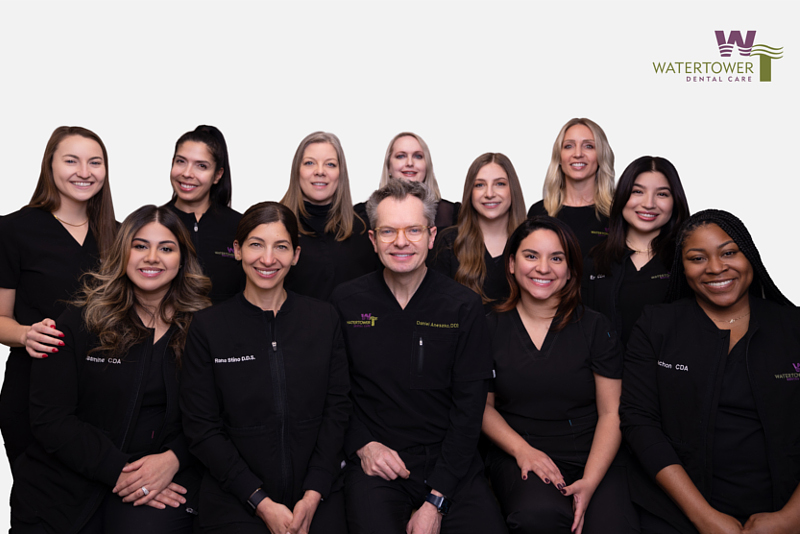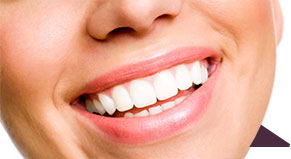Electric Toothbrush Vs. Manual Toothbrush: Which is Better?
November 6th, 2014
 When it comes to choosing a toothbrush, you definitely have some options. A pharmacy often dedicates a whole aisle to toothbrushes, giving you a long list of choices. One of the hardest decisions when choosing a toothbrush can be between a manual toothbrush and an electric toothbrush. Many question between a manual and an electric toothbrush, which is better? However, the answer isn’t necessarily which is better, but which is right for you. Though electric toothbrushes technically clean your teeth more effectively, they may not be right for everyone.
When it comes to choosing a toothbrush, you definitely have some options. A pharmacy often dedicates a whole aisle to toothbrushes, giving you a long list of choices. One of the hardest decisions when choosing a toothbrush can be between a manual toothbrush and an electric toothbrush. Many question between a manual and an electric toothbrush, which is better? However, the answer isn’t necessarily which is better, but which is right for you. Though electric toothbrushes technically clean your teeth more effectively, they may not be right for everyone.
For decades, the manual toothbrush was the common standard for oral healthcare. The modern manual toothbrush, made of nylon bristles, was developed and introduced in the 1930s by the DuPont Company. For most consumers, that is the toothbrush they have known their whole life. Though there may have been some advancements in the manual nylon toothbrush, the design has remained relatively the same since it was introduced.
In the 1990s, the electric toothbrush was introduced to the market. The head of the toothbrush is driven by motor to oscillate or rotate. This gives the brusher a consistent pressure against the teeth. Many electric toothbrushes also come with timers that stop after two minutes and pressure monitors: if you’re pressing too hard against your teeth, the toothbrush will stop. Both have advantages and disadvantages that we will categorize below.
Ease of Use
A Manual Toothbrush is quite simple to use and most of us have used one for our entire lives. With two minutes of brushing, you can effectively clean your teeth. If you do this at least twice a day, you should guarantee yourself a lifetime of bright smiles. However, it does take a little extra effort to brush properly and ensure you’re removing plaque off of all your teeth.
With an Electric Toothbrush, there is significantly less work in ensuring removal of plaque. You still need to brush for two minutes, at least twice a day, but the consistent pressure of the motorized bristles makes the electric toothbrush easier to use. Studies have pointed to showing that electric toothbrushes do a better job of removing plaque on the teeth. However, with that said, both a manual and electric are fine for getting the job done.
Toothbrush Variety
Manual toothbrushes come in a long list of varieties from soft bristles to angled necks to fun patterns on the handle. If you like to switch up the look of your toothbrush, it’s a simple way to do that.
An electric toothbrush is a little harder to switch up. Once you decide on a kind of toothbrush, you don’t want to go switching between other brands. You need to stick with what your electric toothbrush provides in the case of bristles, colors, etc.
Toothbrush Cost
Manual toothbrushes are much less expensive than electric toothbrushes. If you visit a dentist every six months, they often give you a free toothbrush at the end of your visit. You need to replace a toothbrush about every three months, but that is still much less expensive than an electric.
Electric toothbrushes cost about three times as much as a manual toothbrush. Along with that initial cost, you need to consider the cost of new bristle heads and the cost of charging the toothbrush. Whether that means plugging in a charger and using electricity or replacing batteries on the toothbrush every few months. The money adds up.
Travel
Manual toothbrushes are easy to travel with. They can easily fit into a toiletry bag and you won’t need to risk breaking them on your trip.
An electric toothbrush is a little harder to take around with you. They tend to be bulky. If you plan to bring the charger for the toothbrush with you, there’s a considerable amount of room being used to pack your toothbrush.
Toothbrush Durability
You probably won’t have to worry too much about breaking your manual toothbrush. They’re quite sturdy. Even if you do break it, it’s not too hard to replace one.
An electric toothbrush must be treated with care. If dropped, the mechanisms that make the bristles move can break and malfunction, making your electric toothbrush useless. Be careful when using one.
Conclusion: Electric Toothbrush vs. Manual Toothbrush
While both manual and electric toothbrushes have their pros and cons, it’s truly up to the consumer to decide which one is right for them. Some prefer the feel of a manual while others the electric. Some don’t have the money to spend on an electric toothbrush, especially when a manual toothbrush can sufficiently clean your teeth. An electric does do an overall better job at cleaning your teeth, but may not be the best option for a variety of reasons, including if you travel a lot.
If it’s convenient for you, we recommend investing in an electric toothbrush, as it has proven to clean your teeth better than a manual toothbrush. Electric toothbrushes are also great for kids because children tend to think they are fun to use and don’t have to put in much effort.
Whichever you choose, make it your goal to brush at least twice a day along with flossing and mouthwash. If you stay consistent, whatever toothbrush you choose will get the job done.










 Website Powered by Sesame 24-7™
Website Powered by Sesame 24-7™